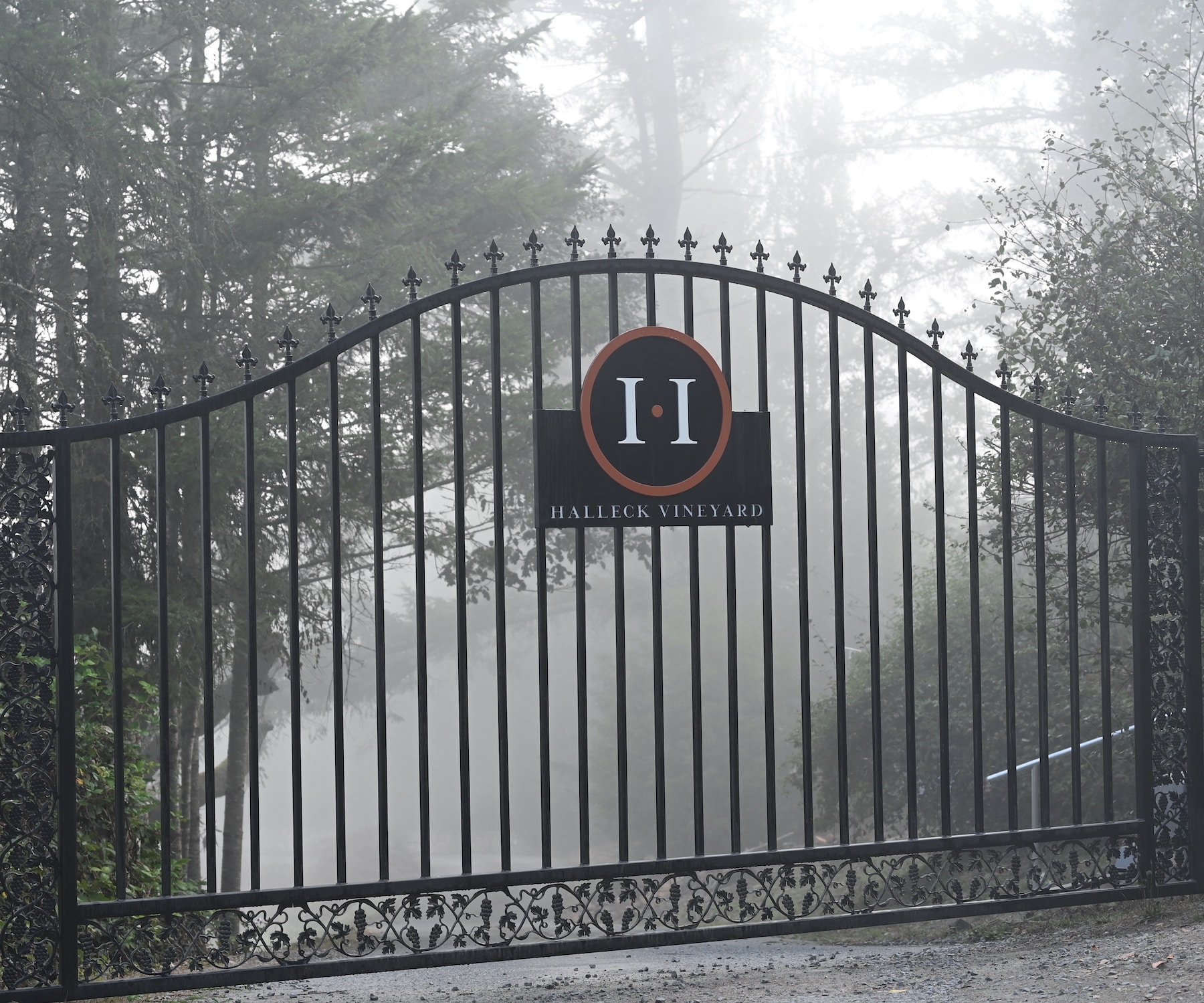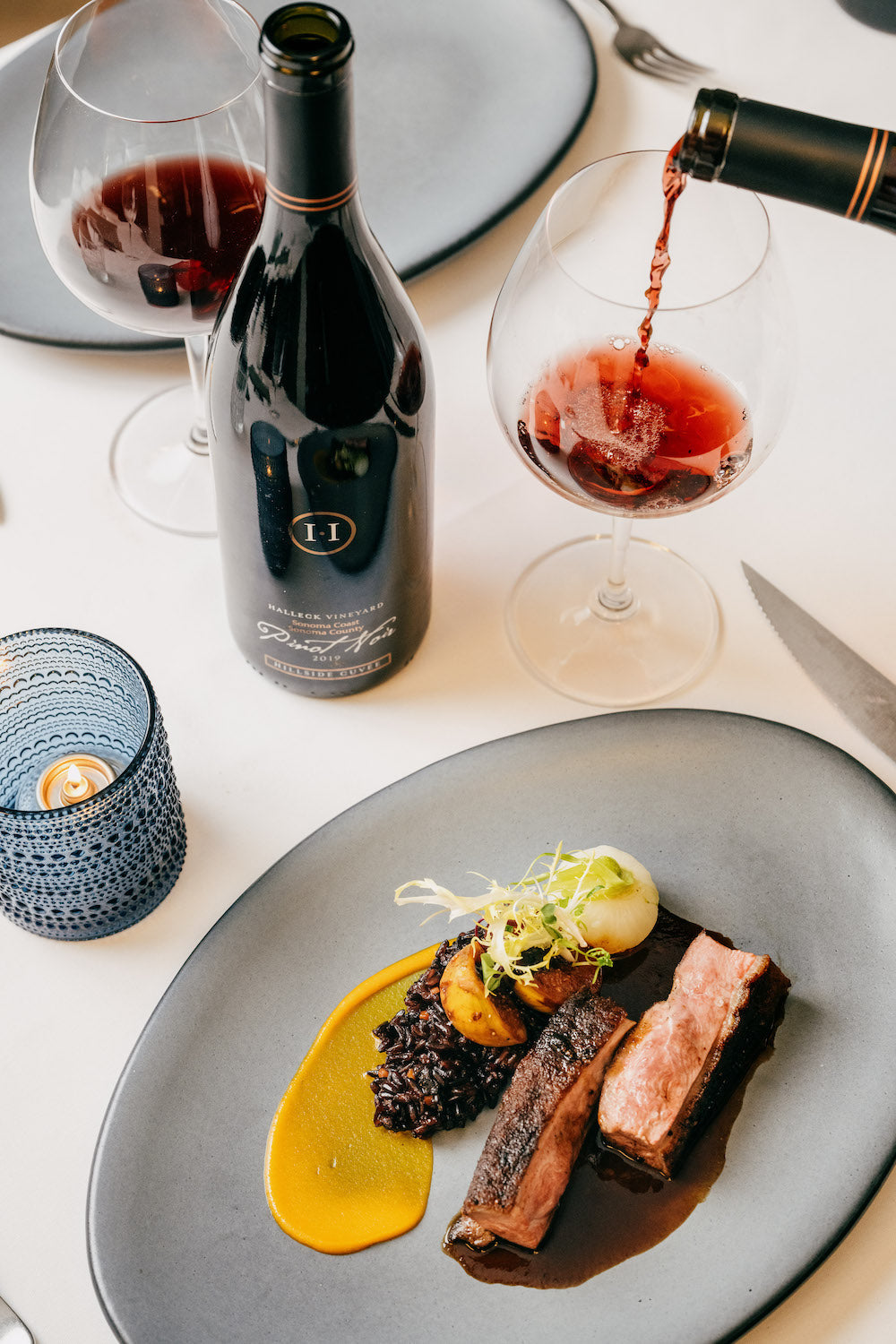Wineries Offering Educational Wine Seminars - Sebastopol Wineries
Wine tasting is an art that requires practice and an understanding of varied elements concerned within the course of. One essential element of wine tasting is the development and interpretation of tasting notes, which serve as a guide for each novices and seasoned connoisseurs. A Guide To Understanding Winery Wine Tasting Notes can improve your wine-tasting experience, making it more meaningful and gratifying.
Tasting notes are concise descriptions that capture the essence of a wine’s flavors, aromas, and general character. Normally composed by professional tasters, winery tasting notes provide insights into the nuances of varied wines. They may help wine enthusiasts perceive what to expect from a particular bottle. However, tasting notes can vary broadly in style and detail based mostly on the writer's experience and palate.
Historical Wineries To Visit In Sonoma - Sonoma Valley Vineyards And Wine Tasting
When you first approach a glass of wine, your senses will start to have interaction instantly. The sight, smell, and style of the wine will converge to provide you a complete experience. Tasting notes typically start with the visible evaluation, the place the color of the wine is taken into account. Colour plays a significant position in indicating the wine’s age, grape selection, and even its flavor profile.
After assessing the visible facet, the next step entails swirling the wine in the glass. This motion aerates the wine, permitting its aromas to awaken. Smelling the wine provides important insight into its complexity. The initial sniff can ship a flood of scents which will embody fruity, floral, herbal, or earthy notes. This is commonly essentially the most subjective part of tasting, as individual experiences can dramatically differ.
In winery tasting notes, descriptors are often categorized into major, secondary, and tertiary aromas. Primary aromas often stem from the grape variety, secondary aromas derive from fermentation processes, and tertiary aromas come up from growing older. Understanding these classes can help you recognize the depth of a wine, and they also provide the vocabulary to express your experience higher.
Wineries Promoting Wine Club Memberships - Vineyard Tasting Events In Sonoma County
Following the olfactory encounter, your focus will shift to the taste of the wine. This is the place the first characteristics—sweetness, acidity, tannins, alcohol—come into play. Tasting notes often element these flavors in multiple dimensions, including the preliminary assault on your palate to the lingering end on your tongue. A high-quality wine will present a harmonious steadiness between these elements.
Whereas tasting, it's essential to ponder the body of the wine, which may be described as light, medium, or full. The physique contributes significantly to your total impression, helping you contemplate how the wine pairs with food or whether it stands alone as a sipping wine. Balancing the physique with the other traits will present you with a fuller understanding of what the wine has to offer.
The end of the wine, also known as the aftertaste, is another crucial aspect usually included in tasting notes. A long, pleasant end often signifies a better high quality wine, while a brief or cloying aftertaste might counsel otherwise. Evaluating the end can supply further perception into the wine's complexity and distinction.
Understanding the context of winery tasting notes is also useful. Tasting notes can provide contextual information about the winery's location, local weather, and grape-growing practices. This context adds another layer of appreciation for the wine, permitting enthusiasts to connect the sensory experience with its origins, thus enhancing the enjoyment additional.
Wineries With Beautiful Architecture - Sebastopol Area Wineries Offering Wine
Many wineries provide tasting notes on their websites or labels, usually written in an approachable but informative style. Nevertheless, not all winery tasting notes are created equal. Some could also be overly technical, whereas others would possibly prioritize advertising flair over insightful analysis. Studying to navigate these notes can arm you with the information to make informed selections when choosing wines.
Participating in tastings at wineries can also deepen your understanding of wine tasting notes. Interacting with educated staff can give you a extra hands-on strategy to exploring different wines and the language used to explain them. Vintage Wine Tasting Experiences In Sebastopol. You Will have the opportunity to ask questions, have interaction in discussions, and probably refine your palate in real time.
Experimentation is crucial for mastering wine tasting notes. As you pattern totally different wines, try making your individual notes. Focus on describing the wine’s colour, aroma, taste, and website link end. Over time, you’ll develop a private vocabulary that resonates together with your sensory experiences. Each note you create will assist refine your palate, allowing you to appreciate wines at a deeper stage.
Wineries With Artisan Chocolate Pairings In Sonoma - Sonoma Valley Vineyards And Wine Tasting
In conclusion, a Guide To Understanding Winery Wine Tasting Notes presents a complete framework for diving into the world of wines. It equips you with the methods and language essential to articulate your experiences. Whether Or Not you're a informal drinker or a devoted aficionado, understanding and utilizing tasting notes can profoundly influence your wine journey. This information not only enhances your enjoyment but also connects you deeply with the rich narratives each bottle tells. By embracing this journey, you become part of the attractive mosaic of wine tradition, the place each sip unveils a new story ready to be discovered.
- Wine tasting notes usually encompass a wide range of sensory descriptions, together with aroma, flavor, acidity, body, and end, allowing tasters to completely respect the wine's characteristics.
- To enhance your understanding, familiarize your self with frequent wine terminology similar to "tannins," "oakiness," or "terroir," which might help decipher the notes more effectively.
- A systematic approach to tasting entails first visually assessing the wine's shade and readability, adopted by swirling to release aromas, then inhaling and describing what you experience.
- Taking notes during tasting may help establish patterns over time, enhancing your palate and making it easier to recall preferences for future selections.
- Do Not overlook the affect of food pairings; tasting notes can differ significantly when a wine is enjoyed with complementary flavors, altering notion and delight.
- Pay attention to the wine’s vintage, as climatic conditions in a given 12 months can significantly affect the ultimate product, adding one other layer to the tasting notes.
- Contemplate the winemaker's style and philosophy, which may shape the wine's profile and impression how its notes evolve with each sip.
- Practicing with completely different grape varieties can broaden your vocabulary; each type brings distinctive characteristics that may improve your ability to articulate tasting notes successfully.
- Partaking with wine professionals or attending tasting events can provide useful insights, providing a richer context for understanding personal tasting notes.
- Bear In Mind that tasting is subjective; individual preferences and experiences will form one’s interpretation of the same wine, enriching the general enjoyment of wine exploration.
What are wine tasting notes?
Wine tasting notes are descriptive feedback made by tasters concerning the look, aroma, taste, and finish of a wine. They present an overview of the wine's characteristics and may help customers understand the style and high quality of the wine.
Wineries That Offer Dog Friendly Areas - Tasting Rooms In Sebastopol
Why are tasting notes essential when choosing wine?
Tasting notes can guide you in choosing a wine that fits your palate. They provide insights into flavors and aromas, helping you to match wines with food or occasions. i was reading this Understanding these notes enhances your general wine experience.
How ought to I read wine tasting notes?
(Wineries With Unique Varietals)
Family-Friendly Wineries Near Sebastopol - Sonoma County Wine Tasting Locations
When reading wine tasting notes, take note of the construction: look for descriptions of color, aroma, flavor, and finish. This will help you grasp the wine's profile and determine if it aligns along with your preferences.
What terms commonly seem in wine tasting notes?
Common phrases embody "tannin" (the structure), "acidity" (the crispness), "physique" (the weight), and various flavor descriptors like "fruity," "earthy," or "spicy." Familiarizing your self with these terms can deepen your understanding of wine.
Local Favorite Wineries In Sonoma - Sebastopol Wine Country

Can I create my own tasting notes?
Yes! Writing your individual tasting notes can enhance your wine tasting experience. Focus in your observations of taste, aroma, and different sensory traits. This personal practice might help you refine your palate over time.
How do I establish the aromas in wine tasting notes?
Wineries With Sustainable Practices - Sebastopol Vineyard Experiences
To identify aromas, practice smelling quite so much of scents and associating them with wines. Swirl the wine in your glass to release its aromas, then take a second to breathe in deeply earlier than identifying any outstanding scents.

What is the difference between professional and personal wine tasting notes?
Professional tasting notes may use extra technical language and particular terminology, whereas personal tasting notes are subjective and replicate particular person experiences. Each are useful for understanding and having fun with wine, however personal notes could resonate more with your distinctive tastes.
How can tasting notes enhance my wine appreciation?
Artisan Wineries In Russian River Valley - Discover Sebastopol's Wine Scene
Tasting notes can improve your appreciation by serving to you to grasp and articulate the complexities of wine. They encourage conscious tasting and supply a framework for comparing totally different wines, resulting in a richer enjoyment of the beverage.
Are there any apps or instruments to help with wine tasting notes?
Yes, there are several apps designed to assist customers document and organize their tasting notes. These instruments usually supply features like flavor wheel guides and wine database searches, making it simpler to track your journey by way of totally different wines.